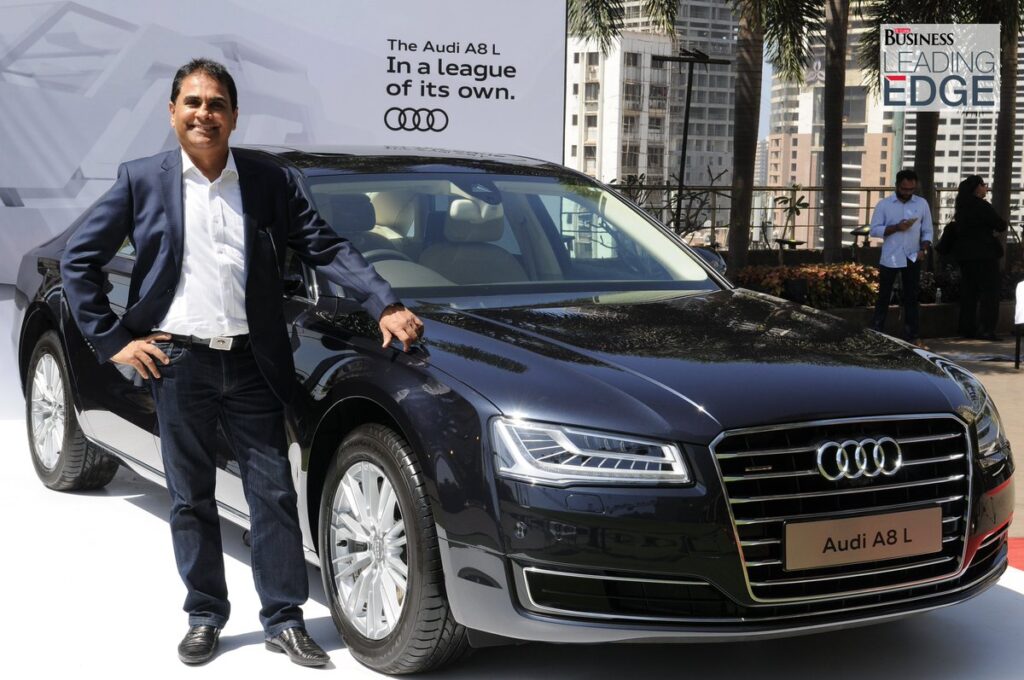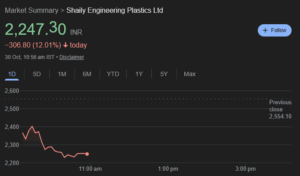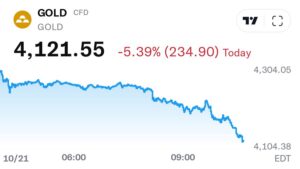
A recent social media exchange, ignited by veteran investor Vijay Kedia, has sparked a lively philosophical debate within the investment community: is the true value of wealth found in mere capital appreciation, or in the intellectual and creative engagement derived from the process of investing?
Kedia’s initial post on X (formerly Twitter) laid down a challenge to the age-old Indian affinity for bullion. “Wealth without creativity is just lifeless money,” he declared, arguing that while “Gold and silver have been rising for 5,000 years,” they offer no subsequent contribution or engagement. Instead, he championed equities: “Investing in stocks keeps you intellectually and emotionally alive—it connects you with innovation, enterprise, and the progress of the world.” For Kedia, money without an “active, thinking life” is a hollow pursuit.
The Case for “Active” Wealth
The veteran investor’s view resonated with some followers who saw a deeper, compounding value in the stock market beyond simple returns.
Sean (@tweeet005) echoed this sentiment, suggesting, “True wealth isn’t just what appreciates in value, it’s what elevates your thinking.” He contrasted gold, which “may preserve wealth,” with equities, which “preserve curiosity, creativity, and connection to the real economy,” concluding that, “In the long run, the mind compounds faster than money ever can.”
This perspective re-frames investing not as a transactional activity, but as an intellectual pursuit—a way to participate in and benefit from the engine of economic progress.
The Counter-Arguments: Returns, Consistency, and Reality
Kedia’s poetic stance, however, met with pragmatic and emotional counterpoints from others in the thread.
Mayank Jhanji (@Mayank_Jhanji) questioned the premise directly, asking for a “logical reasoning” beyond the emotional swings of the stock market. “I have better ways to be active, say playing a sport, going for jogging, yoga etc…,” he argued, separating the pursuit of intellectual and physical activity from the goal of financial returns.
Another user, Bulls of Dalal Street (@BullsDalal), suggested Kedia’s preference for stocks stemmed from the “kick in the pants” or “high” of trading, a feeling most investors actively try to avoid. They countered Kedia’s emotional argument with a preference for stability: “Dull/boring > excitement,” arguing that consistency is the primary goal of wealth preservation.
Meanwhile, Subh Nifty (@SubhNifty) brought the focus back to the fundamental objective of all investing: returns. “But, the main goal of an investor is to generate returns for the money invested. At present, if Gold is giving opportunity, why not to invest in Gold?”
The Stark Reality Check: Investment Philosophy vs. Poverty
The most pointed critique came from Curious Philosopher (@CuriousPhilo), who deemed the entire discussion “delightfully disconnected-from-reality.” This comment brought a sobering perspective to the debate, highlighting the significant economic disparity in the country.
“In a country with crushing poverty, critiquing gold and silver for not increasing value ‘for the right reasons’ is tone deaf,” they stated.
This perspective is backed by recent data on the Indian income landscape. Reports suggest that as much as 90% of the Indian population earns less than ₹25,000 per month. For this vast majority, the choice between equities, with their inherent volatility and demand for intellectual engagement, and the trusted, tangible security of gold is not a philosophical one—it is a choice between potential security and existential risk. Gold and silver often serve as a reliable, universally accepted asset for this segment to hedge against inflation, manage emergencies, and secure loans, far transcending a mere “lifeless” accumulation of money.
Conclusion
The debate sparked by Vijay Kedia masterfully encapsulates the tension at the heart of modern investing. On one side, there is the pursuit of dynamic, idea-driven wealth creation—a philosophy that sees investing as an act of contributing to innovation and progress. On the other, there is the pragmatic need for stable, defensive wealth preservation, a need that is particularly acute in a country with significant economic inequality. Ultimately, the ‘right’ investment philosophy depends on the individual’s capital, risk appetite, and position within the economic spectrum.
To hear more of Vijay Kedia’s investment wisdom, you can watch this video: Vijay Kedia’s Investment Secrets. This video is relevant as it provides a deeper insight into Vijay Kedia’s overall investment philosophy, which is the basis for the opinions expressed in the Twitter conversation.





